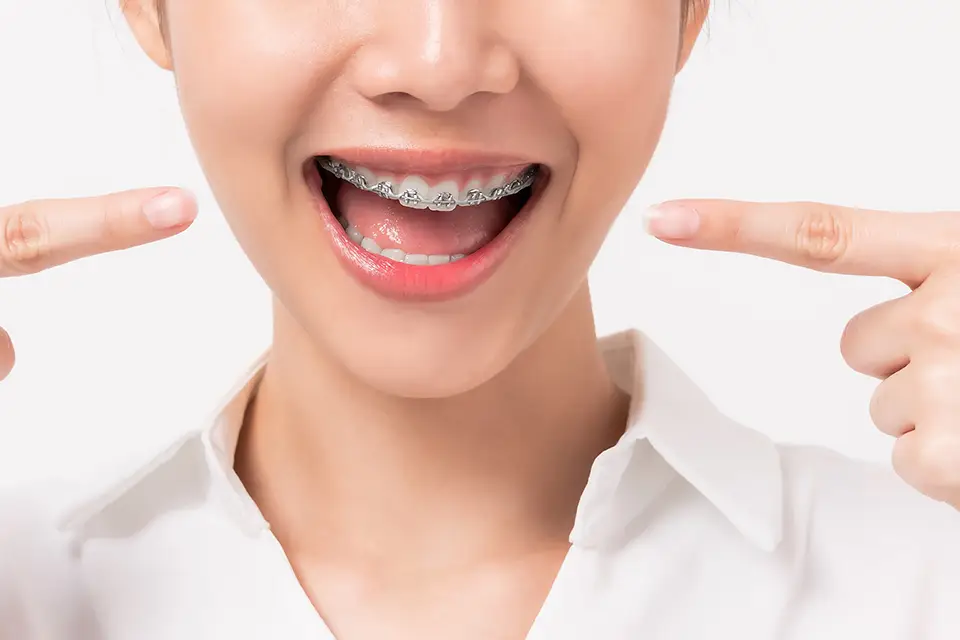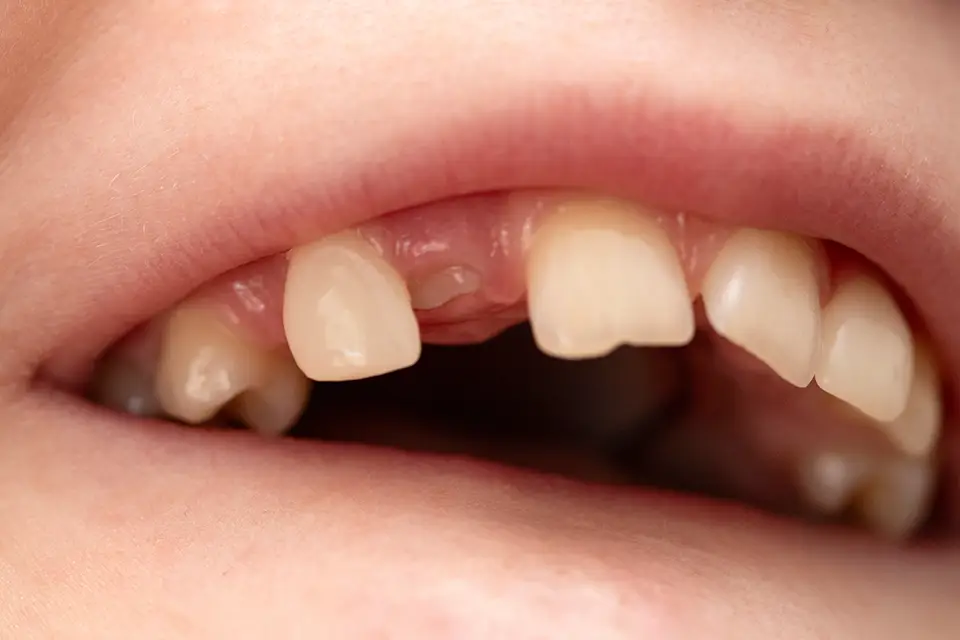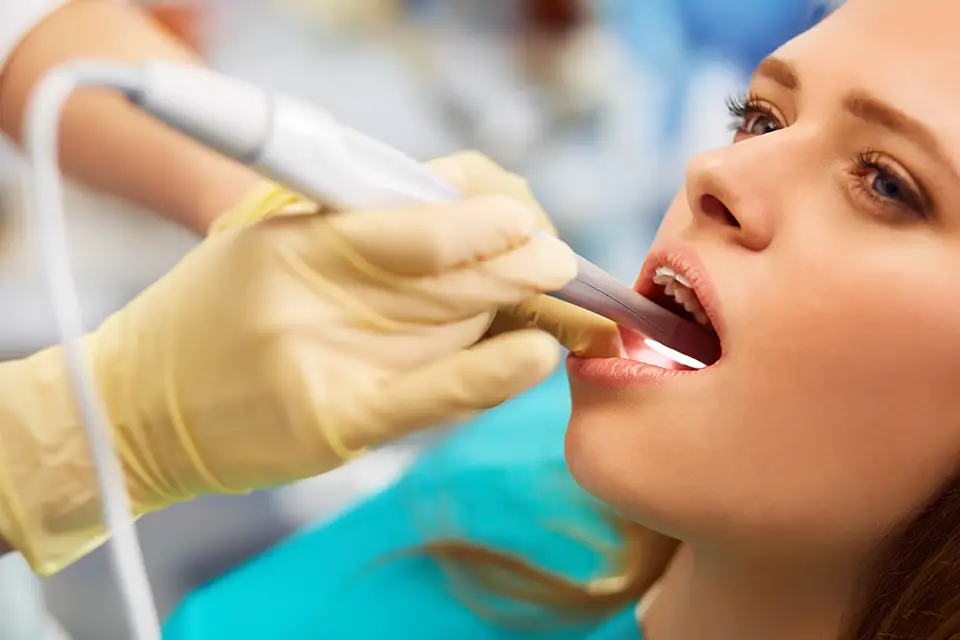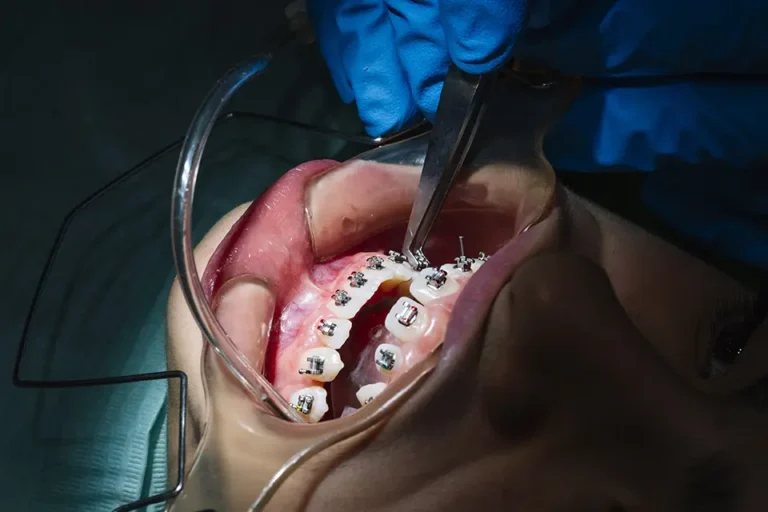Invisalign has transformed the world of orthodontics by providing a discrete and comfortable alternative to traditional metal braces. Invisalign uses a series of clear, removable aligners to gradually straighten teeth, making it a popular choice for teens and adults. It has numerous advantages: Invisalign is virtually invisible, easy to remove for eating and cleaning, and more comfortable than traditional braces. However, as with any orthodontic treatment, some patients may experience pain or discomfort, particularly during the early stages or when switching to a new set of aligners.
Effective Ways to Deal with Invisalign Pain
Over-the-counter Pain Relief
Over-the-counter pain relievers are a reliable way to manage Invisalign pain. Ibuprofen (Advil, Motrin) and acetaminophen (Tylenol) can effectively relieve the mild to moderate pain associated with Invisalign. Ibuprofen, a nonsteroidal anti-inflammatory drug (NSAID), relieves pain and reduces inflammation, making it a practical option for pain management. It is critical to stick to the recommended dosages and consult with your healthcare provider if you have any concerns or pre-existing conditions that may be affected by these medications.
Cold Compresses
Cold compresses are another easy and effective way to manage Invisalign pain. Applying a cold compress to the outside of your mouth can help reduce swelling and pain. As a homemade cold compress, wrap an ice pack in a cloth or use a bag of frozen vegetables. Take breaks and apply the cold compress for 15-20 minutes to prevent skin damage. Moreover, this method is especially beneficial in the initial days following the transition to a new set of aligners when discomfort is most severe.
Oral Hygiene Practices
Maintaining good oral hygiene is essential when using Invisalign. Poor oral hygiene can worsen pain and cause other dental problems. In order to prevent gum and tooth irritation, brush your teeth gently with a soft-bristled toothbrush and fluoride toothpaste. Flossing is also essential but must be done carefully to avoid aggravating sensitive areas. Additionally, rinsing with a mild mouthwash can assist in maintaining oral hygiene and decreasing the likelihood of infection.
Dietary Adjustments
Your diet can have a significant impact on the level of discomfort you experience while using Invisalign. It’s best to avoid hard and sticky foods during painful periods because they can put extra pressure on your teeth and aligners. You should temporarily eliminate nuts, hard candies, and chewy sweets from your diet. Instead, choose soft foods that are easier on your teeth and gums. In addition, yogurt, smoothies, mashed potatoes, and scrambled eggs are good choices because they require minimal chewing and are less likely to cause pain.
Use of Orthodontic Wax
Orthodontic wax can be highly beneficial in reducing irritation caused by Invisalign aligners. Moreover, this special wax forms a protective barrier between the aligners and your gums or cheeks, preventing sores and cuts. Pinch off a small piece of wax, roll it into a ball, and apply it to any part of the aligner that is causing pain. Replace the wax as needed, particularly before eating or brushing your teeth.

Invisalign Chewies
These small, cylindrical pieces of soft plastic, known as Invisalign chewies, are designed to help you properly place your aligners on your teeth. Biting down on these chewies for a few minutes several times a day can ensure that your aligners fit snugly, reducing pain and expediting the adjustment process. Additionally, chewies are available in various flavors and are easy to clean, making them a comfortable addition to your Invisalign routine.
Adjusting Wear Time
In order to guarantee the effectiveness of your treatment, you must wear your Invisalign aligners for the recommended 20-22 hours per day. However, if the pain becomes unbearable, you can take short breaks. Also, leaving them out for an extended period may impede your progress and increase the duration of your treatment.
Preventative Measures
Preventing Invisalign pain before it begins is the most effective way to ensure a comfortable treatment experience. Here are some tips to consider:
- Follow the Orthodontist’s Instructions: Always follow the guidelines and instructions your orthodontist provides. Moreover, they have designed the treatment plan specifically for you, and deviating from it can result in unnecessary discomfort.
- Change Aligners Before Bed: Transitioning to a new set of aligners may result in some initial discomfort. In addition, changing them before bed allows your teeth to adjust while sleeping, potentially reducing the pain you experience during the day.
- Use Orthodontic Wax and Chewies: Regular use of orthodontic wax and chewies can help to prevent irritation and ensure that your aligners fit properly from the start.
Final Thoughts
While some discomfort is expected with Invisalign, it should not prevent you from getting the smile you’ve always wanted. To effectively manage and reduce pain, it is necessary to implement the following strategies:
- Maintaining good oral hygiene
- Making dietary adjustments
- Using orthodontic wax and chewies
- Wearing your aligners as prescribed
- Using over-the-counter pain relief
- Applying cold compresses
Furthermore, preventative measures and adhering to your orthodontist’s instructions will help ensure a more comfortable treatment experience.
If you are considering Invisalign or experiencing discomfort with your aligners, please contact Zara Dental in Houston, Texas. Our team of experienced orthodontists is here to assist you every step of the way, making your path to a perfect smile as comfortable as possible. Please make an appointment today, and let us help you achieve the smile of your dreams!








